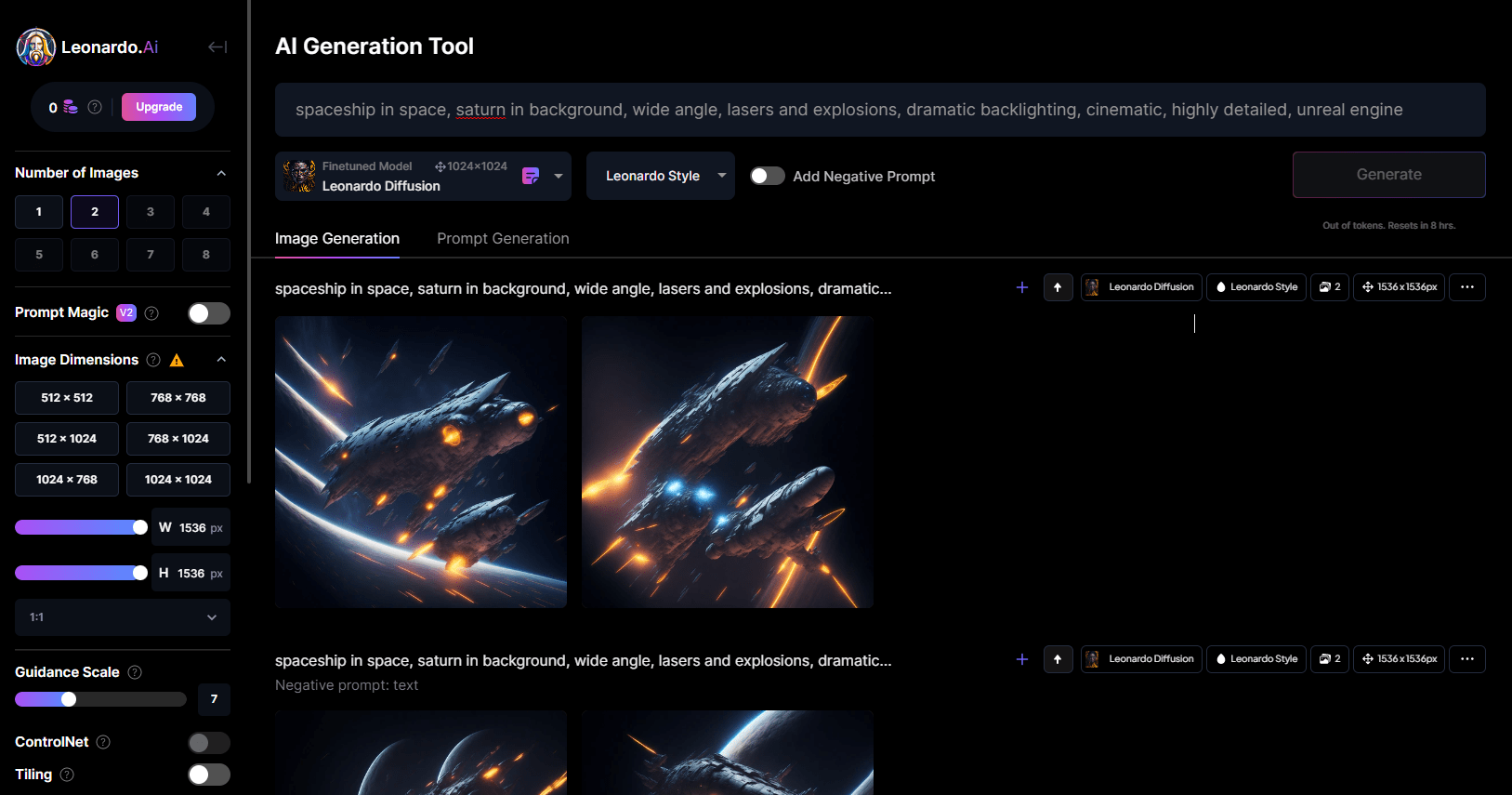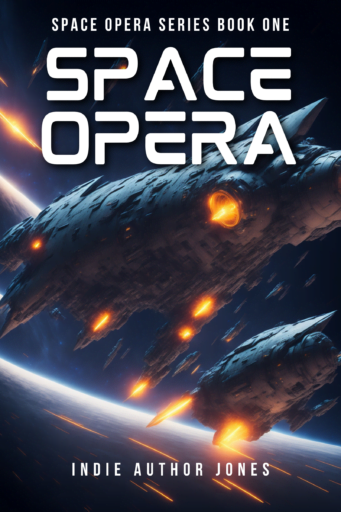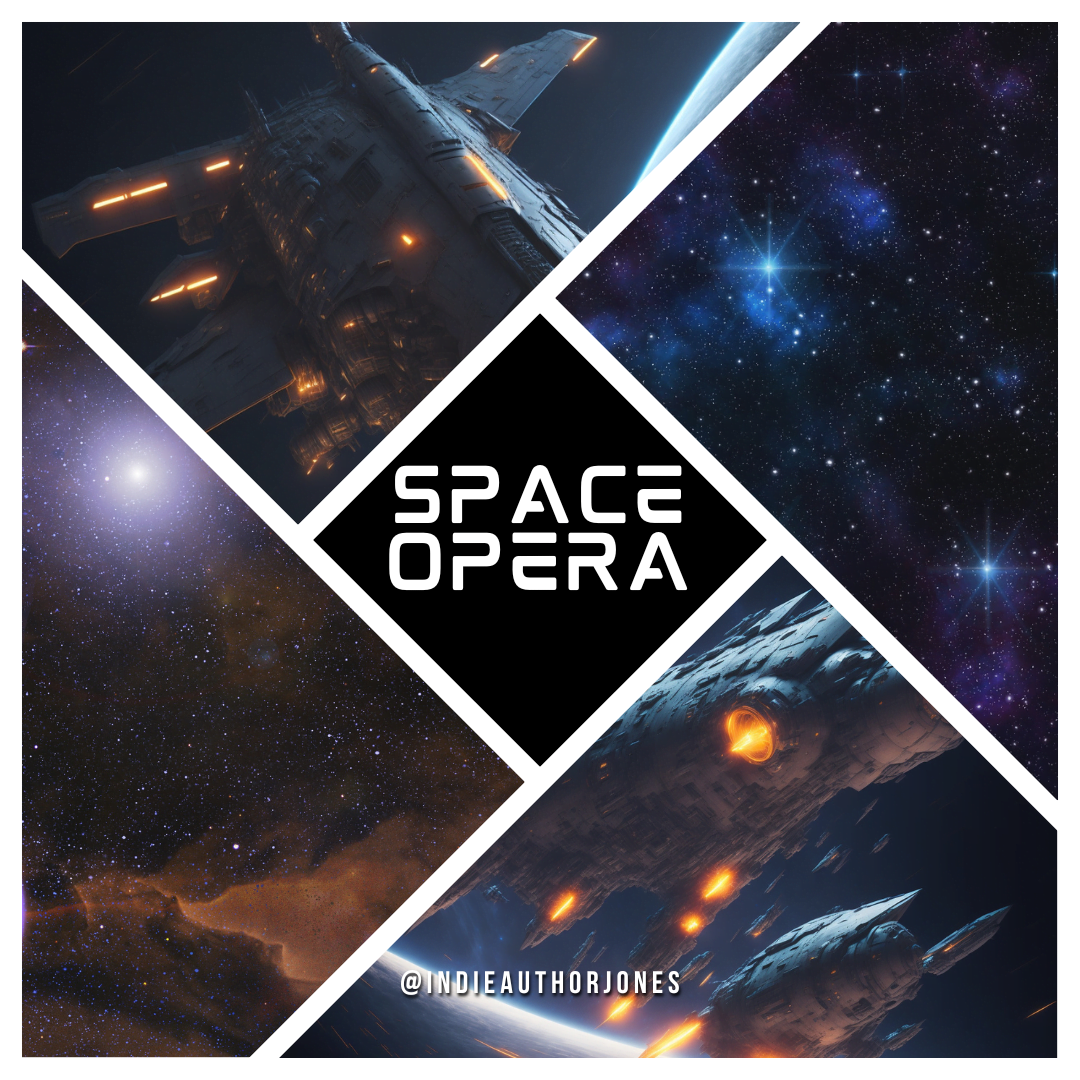I’m a big fan of Midjourney images. They’re fantastic-looking, and I pay $30 a month for unlimited images. But the Discord interface is a nightmare to use and the company hasn’t made any official announcements about cleaning up their training data sets.
You see, Shutterstock, Adobe Firefly, and other commercial services only use properly licensed images for training — and compensate artists when their styles are used to generate new images.
Even Stable Diffusion, the free open-source alternative to Midjourney, has promised to honor opt-out requests in their next release, with over 80 million images opted out of training so far. Stable Diffusion is the AI platform developed by Stability AI and is used to power most of the free and low-cost Midjourney alternatives on the market today, including Lexica, Playground AI, Mage Space, and Dreamlike.
But none of those alternatives are as good as Midjourney. Lexica comes closest, but only gives you 100 free images a month. If only only need one or two images, that’s fine. But if you use AI art regularly for, say, blog illustrations, social media images, or cover designs then you need a lot more than 100.
Enter Leonardo AI.
The tool is still in beta and limits sign-ups. You will have to register to get on the early access list, and subscribe to their Discord server. I know, I know, Discord. Ugh. But you don’t have to actually use it. They just want you to subscribe. I guess that’s to weed out bots or something. Who knows.
Anyway, once you do, and follow their instructions and introduce yourself, then eventually they’ll add you to the whitelist and you can log in.
Here’s what their home page looks like:
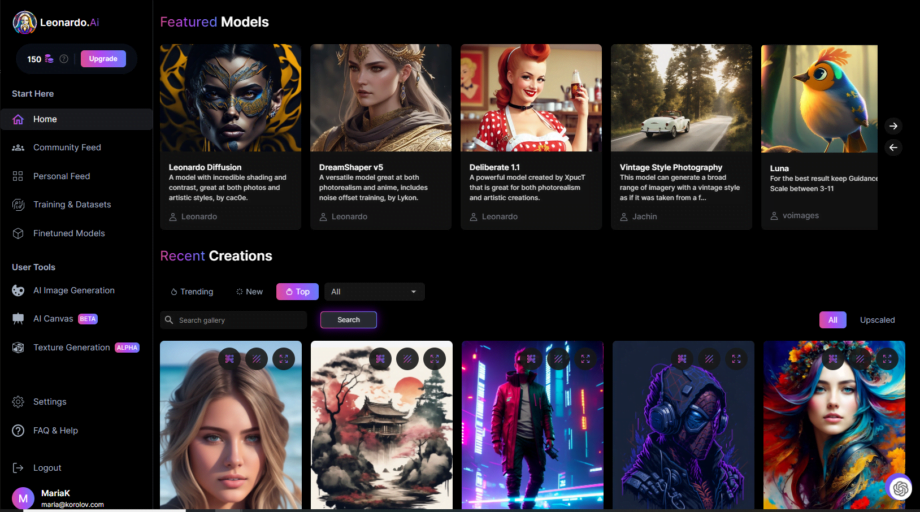
There’s a “User Tools” section in the sidebar to the left, where you have three options — “AI Image Generation,” “AI Canvas,” and “Texture generation.”
“AI Canvas” is where you upload an image and then can add new stuff around the edges, or replace parts of the image. This is extremely useful when you’re designing book covers and need to fine-tune the image.
“Texture Generation” is mostly something for people designing game assets. You can create, say, a unique texture for a brick wall. But you can use it to create cool wallpaper and background effects as well.
But the “AI Image Generation” is the important one. You get 150 free images a day, 30 upscales or unzooms or 75 background removals. For $12 a month you can get up to 8,500 images a month, for $30 you get 25,000 images a month. Creating the images for this article took up my entire daily allotment.
For individual writers who just need illustrations, the free plan is perfectly fine.
So it’s no surprise that the platforms currently has over 700,000 users, according to a newsletter the company released today, plus 1.2 million waiting list signups. Users have created more than 100 million images so far.
What you get
Leonardo AI gives you six pre-set aspect ratios, or you can customize your own.
There are also six AI models to choose from, plus an ever-growing number of custom models created by community members.
You enter a text prompt the same way you would for any other AI model. You can also add in a negative prompt — things that you do not want the image to have. For example, if you are generating an illustration for a book cover, you might want to tell it not to put any text on it.
There are also a ton of advanced features for expert users. You can upload up to five inspiration images, or fine-tune generations based on depth, edges, or character poses. Or you can upload another image to use as an inspiration.
You can also select a custom model. There are a couple of dozen official ones to choose from, plus hundreds of community-generated ones.
Sample images
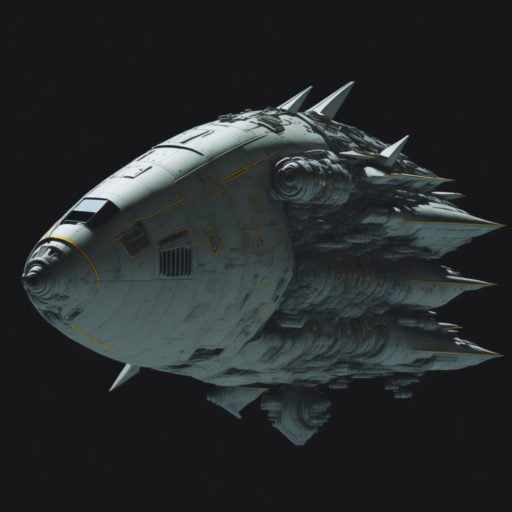
Here is the same prompt, generated with other models:
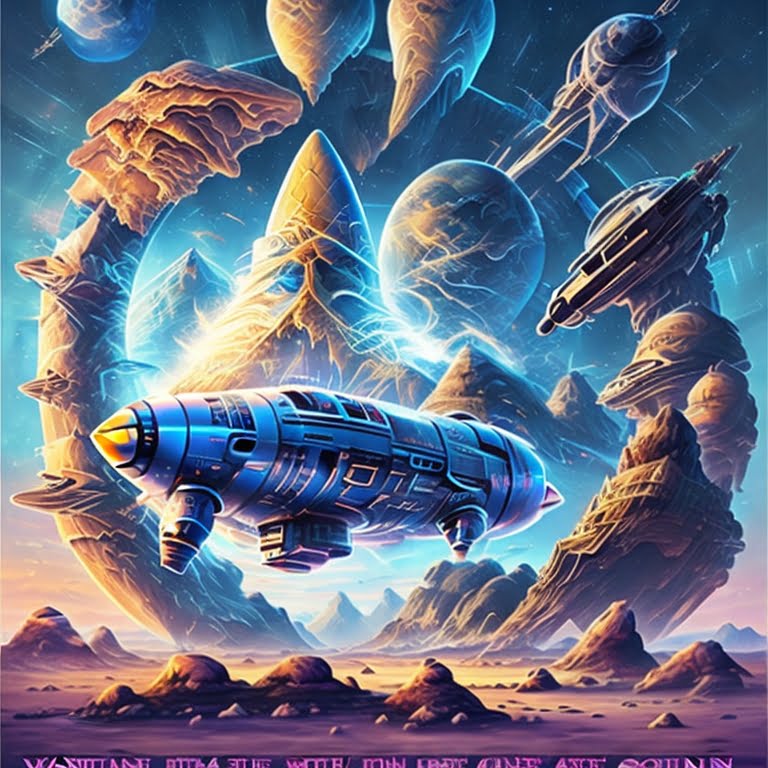

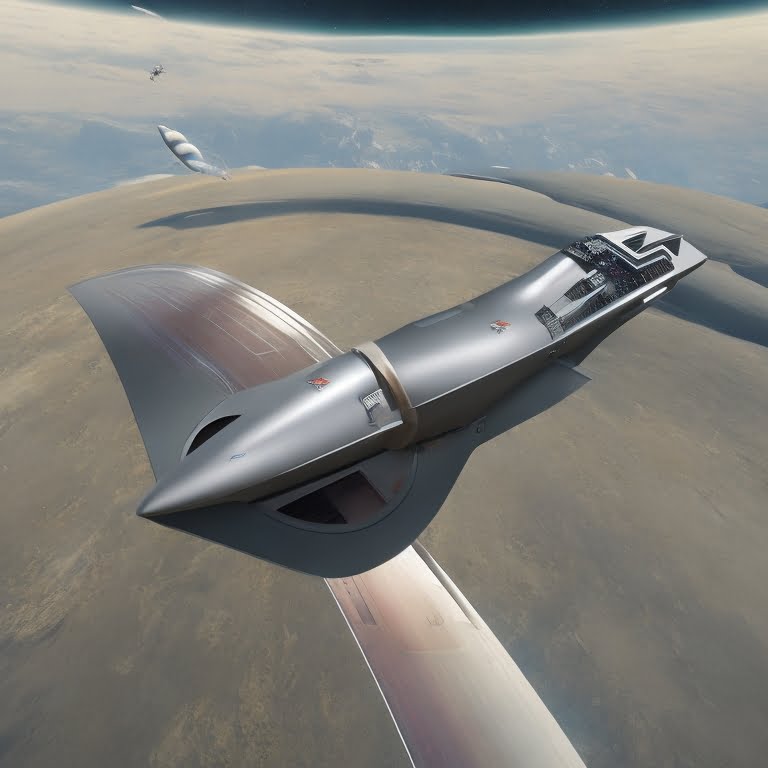

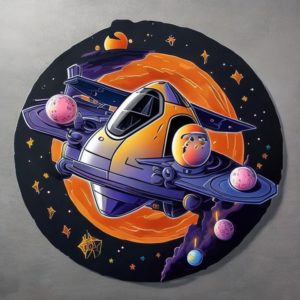
It’s not as good as Midjourney at generating gorgeous images from simple prompts. You will have to add things to the prompt — phrases like “dramatic backlighting” or “cinematic” or “highly detailed” or “Unreal Engine.”
Here’s the spaceship image, using the “Leonardo Diffusion” model and the prompt “spaceship battle, dramatic backlighting, cinematic, highly detailed, unreal engine.”
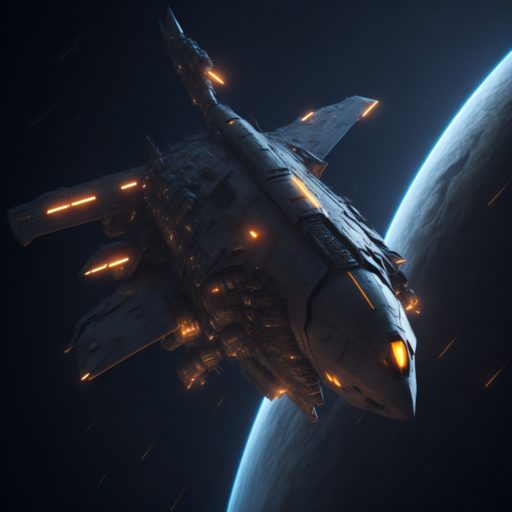
Here’s the image for the prompt “beautiful female warrior” using the “Leonardo Diffusion” model.
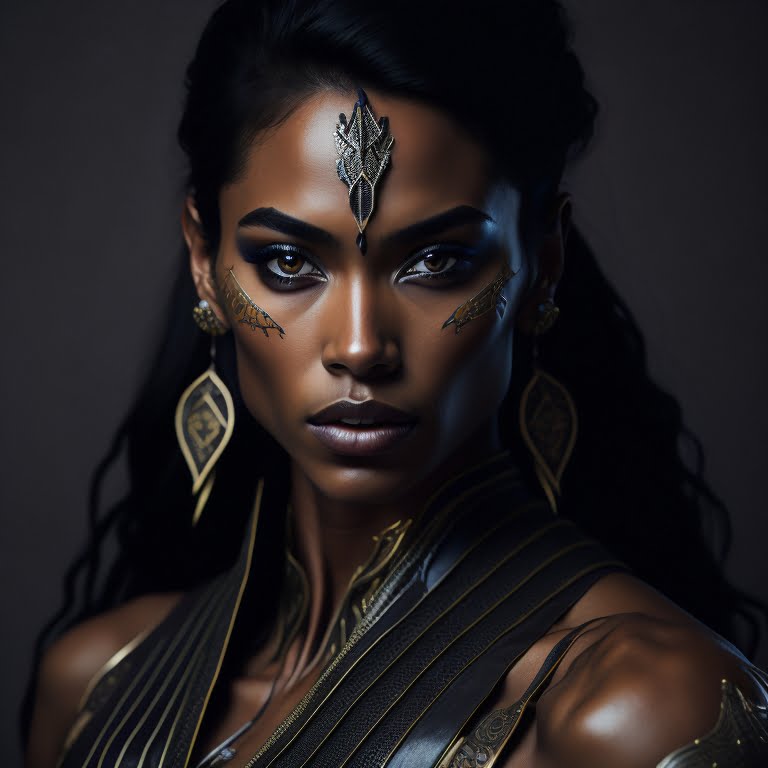
Here’s the image for the prompt “dragon” using the “Leonardo Diffusion” model.

How to use Leonardo AI to make a book cover
Say you’re writing a space opera. Use a prompt like “spaceship in space, wide angle, lasers and explosions, dramatic backlighting, cinematic, highly detailed, unreal engine.”
For a book cover, you need a 2:3 aspect ratio, so normally you would set the width to 1024 and the height to 1536. Unfortunately, Leonardo AI, like all current Stable Diffusion models, does a very poor job with vertical images, stretching things out or doubling them up. I went through nearly half of my daily image allotment trying to get a decent image before I gave up, and created a square one, instead.
Then go to Canva and create a custom-sized image 1600 pixels wide by 2400 pixels high. Upload your new image and make it the background, then add your text. For the image below, I used Bebas Neue as the font for the series title and the author name, and the Mokoto font for the book title. Then for the series title and author name I put them in all caps and spread the letters out.
For the book title, I tightened up the spacing between the letters and added a black, blurry shadow to make the letters pop a little bit more.
There’s still a little bit too much space between the “P” and the “A” in the word “space” in the title. Canva doesn’t allow you to have different spacing between individual letters. If this bothers you, make the “SP” and the “ACE” two different text boxes, so you can align them perfectly.
It’s not a great cover. But if you’re self-publishing on a very tight budget, it could be good enough. Or maybe you’re posting a series of short stories, where each one has its own cover, and you can’t justify paying for a professional design for each one.
Keep in mind that you cannot copyright the AI-generated image, so anyone else can use that same spaceship for their book cover. But this is no different than if you used a stock image for your cover. Plus, why would someone bother stealing your spaceship and cropping out your text when they can make their own, for free, much more easily?
Meanwhile, the entire composition — the combination of the text and image and their positioning — that, you do have copyright for.
How to use Leonardo AI to make a social media post
Go to Canva and click on “Instagram Post (Square)” or whatever other type of social media post you’d like to create. In the “Elements” panel on the left, you’ll get a bunch of different design suggestions. Pick one and replace their images and text with your own.
You can also add short excerpts from the book to these promotional images, or quotes from positive reviews, or promotional text about sales or other upcoming events.
Ethics of using Leonardo AI
Leonardo AI is based on the Stable Diffusion AI model, so release 3.0 will honor opt-out requests. This isn’t a perfect solution — I would prefer a system that was opt-in, instead. So that, by default, artists’ work wasn’t being used without their consent. I’m hoping this will be the case in the next release.
I also recommend that you avoid using “in the style of artist X” as part of your prompt. Instead, use an artist whose work is in the public domain, or use a general description for the style of art you’re looking for, such as “comic book illustration” or “oil painting.”
If you do want to have a particular artist’s style, I suggest contacting that artist and seeing if you can get their permission. If they say “no,” then don’t use their style. They might say yes. If they do, check if they have a Patreon or another way you can donate and support them.
The other absolutely amazing thing about Leonardo AI is that artists can use this to train the AI on their own work.
Say, for example, I’m an artist with a very unique and popular illustration style. What I would do is click on the “Training & Datasets” option on the home page sidebar, click on “Create New Dataset,” name it, upload my training images, and click on “Train Model.” I now have a free, custom AI model that I can use to generate images in my own style. I can generate a bunch of images, carefully curate them, and then sell them on my website to people who want to buy my art work but can’t afford to pay my rates for custom commissions.
Say I want a book cover with an illustration by a particular artist. I’d much rather buy an AI-generated image from the artist directly than from a big company like Shutterstock which will charge me an arm and a leg and give barely any of the money to the artist themselves.
If you’re an artist, you get one custom AI model on Leonardo AI’s free plan. You’ll need to upgrade if you want multiple models. If you team up with a book cover designer, you can set up a website to sell pre-made covers, using AI to rapidly generate many different covers in your own style and offering them at a low cost to customers — with an option to pay more for a hand-made illustration.
If you’re an artist and already have a site like this, please email me at [email protected] and I’ll feature you in a story.
Edited by Melody Friedenthal
MetaStellar editor and publisher Maria Korolov is a science fiction novelist, writing stories set in a future virtual world. And, during the day, she is an award-winning freelance technology journalist who covers artificial intelligence, cybersecurity and enterprise virtual reality. See her Amazon author page here and follow her on Twitter, Facebook, or LinkedIn, and check out her latest videos on the Maria Korolov YouTube channel. Email her at [email protected]. She is also the editor and publisher of Hypergrid Business, one of the top global sites covering virtual reality.

